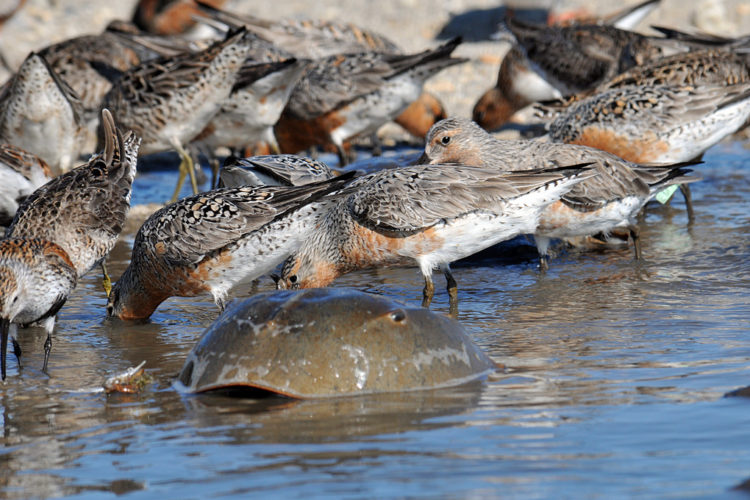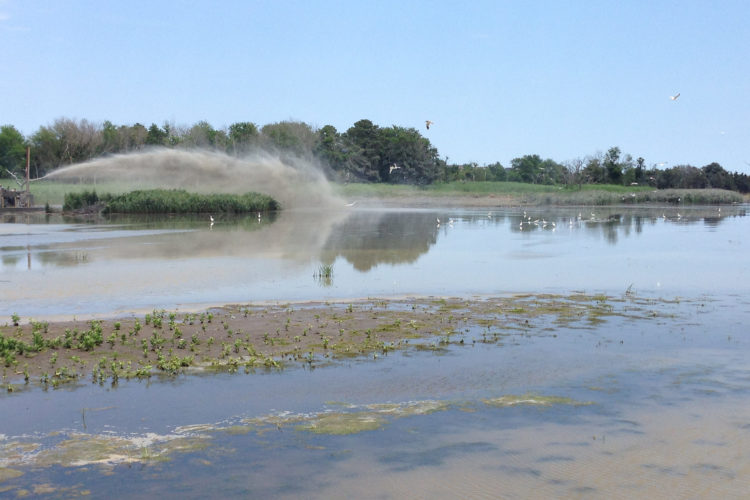We have much more to do and your continued support is needed now more than ever.
Protecting Delaware’s Coast
Millions of dollars have been spent by the state of Delaware restoring beach dune systems and coastal marshes. From recreational areas like boardwalks at Rehoboth and Bethany Beach, to the Prime Hook National Wildlife Refuge, coastal resilience has become a top priority in the state.

The winter of 2015-2016 was relatively mild until January 22, in which a record breaking winter nor’easter was predicted to hit the east coast from Virginia up to Connecticut. The heaviest snow would fall inland, but towns and wildlife refuges along the coast had another big problem to think about: flooding. The slow-moving storm was predicted to span at least 3 high tide cycles during a full moon, and bring along a 4 or 5 foot storm surge which did not bode well for coastal areas in Delaware and elsewhere in the Mid-Atlantic.

Sunday finally brought blue skies, and state officials including Governor Jack Markell, along with David Smalls, the Secretary of DNREC, flew along the coastline to survey the damage. While the dunes looked to be in pretty rough shape, both men expressed their amazement at how well the dunes and marshes protected human communities in the area. Said Gov. Markell, “[Without the marshes], I can’t imagine where all that water would be.” Anthony Pratt, the state’s Shoreline and Waterway Administrator, commented that the boardwalk at Bethany Beach would have been wiped out had it not been for the dunes.
While the officials were able to conclude that local communities were effectively protected from the worst of the storm’s effects by the dunes and marshes, they were not able to assess the impacts to one of the state’s most important wildlife habitats: the Prime Hook National Wildlife Refuge (NWR). The Prime Hook NWR sits along the Atlantic Flyway and houses 4,000 acres of marsh habitat which provide important feeding, breeding, and resting grounds for migrating and over-wintering birds.
Prime Hook provides essential habitat for dozens of migrating bird species, breeding horseshoe crabs, foxes, and more. A $38 million marsh restoration project began in October 2015 and is currently vulnerable to a nor’easter like this one while under construction.
Project leaders are hoping no major storms come through the area anytime soon to allow for new marsh vegetation to take hold. Fortunately, it seems that the land and wildlife at the NWR were minimally impacted by the winter storm, so the first phase of the marsh restoration project is still on track as planned.

Join NWF Help the National Wildlife Federation continue projects along the Mid-Atlantic coast.





















